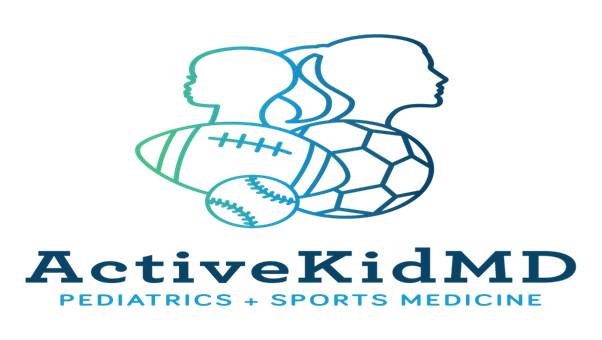Smarter than 5th Grader? Please Prove by Learning CPR/AED use
Sudden Cardiac Collapse (SCC) can occur almost anywhere, and far too often, it takes place at athletic events and facilities. Our local community was painfully reminded of this a few weeks ago with the tragic collapse and ultimate death of a high school student.
Once someone collapses, immediate initiation of Cardiopulmonary Resuscitation (CPR) and use of an Automated Electronic Defibrillator (AED) are the only ways to prevent death and time is indeed of the essence:
- Within 4-5 minutes of SCC, inadequate oxygen flow to the brain can lead to irreversible brain damage
- CPR alone confers less than a 25% chance of survival, but if an AED delivers an appropriate shock within 3 minutes of collapse, there is around a 90% likelihood of survival
- After that 3 minute window, the odds of successful resuscitation go down 10% with each passing minute
So before participation in any athletic activity, parents and athletes need to ask 2 key questions:
- Are there people here who know CPR?
- Is there an AED readily accessible at the field or in the gym?
Knowing how to perform CPR should be standard training for all coaches, officials, administrators, parents, and yes, even athletes. Good studies have shown that kids as young as 5th grade can appropriately perform these lifesaving skills. Low cost classes are available in almost all communities that take only a few hours to learn/review the elements of CPR and AED use.
Learning how to use an AED is rendered meaningless if there isn't an AED unit available on site in the event of a sudden collapse. While AED placement is now commonly seen at shopping malls, churches, on airplanes, and in large workplaces, it is defeating to learn how often school or athletic facilities do not have a unit in public view and available for immediate use.
Highly recommend that upon arriving at any field, gym, or exercise facility, look around or ask about the location and availability of an AED. Just like identifying the nearest exit in event of a fire or other emergency, knowing AED placement can reduce time needed to put it into use when those seconds definitely count. Proper pre-participation preparation and emergency action plans should involve informing as many people as possible about the location and use of the AED.
If there isn't an AED, don't be afraid to make a little noise by advocating for placement. In many cases, concerns about liability, cost, maintenance, and training have been overcome by passionate community efforts emphasizing the benefits of having an AED for the greater good of athletes and spectators alike.
My wife and I just completed our CPR and AED recertification this week (thanks to Heartsavers in Fullerton, CA for such a wonderful course) and hope to have all readers of this blog join us in learning these skills that can make such a difference.
